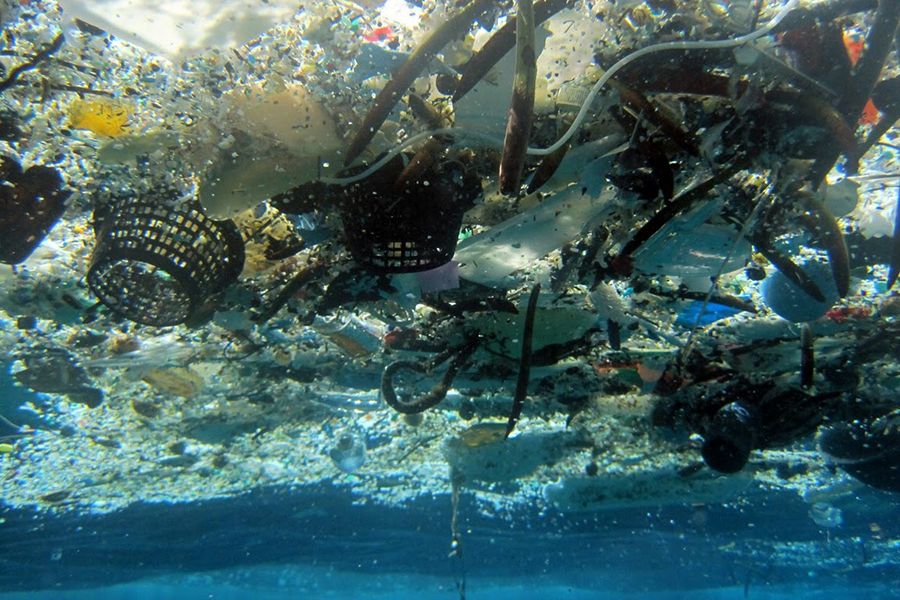Plight of beached whale highlights extent of ocean garbage
Loading...
Norwegian zoologists say a sick beaked whale found beached on the southwestern Norway coast had around 30 plastic bags in its stomach, a reminder of the great threat to wildlife posed by the nearly 8 million tons of plastic trash dumped in oceans around the globe each year.
The 2-ton animal was euthanized, according to Terje Lislevand of Bergen University. Dr. Lislevand told the Associated Press that the non-biodegradable waste was "probably the reason" the whale repeatedly beached himself last Saturday in shallow waters off Sotra, an island 125 miles northwest of Oslo.
The Pacific plastic problem staggers description. Last year, researchers conducted a flyover survey of the infamous Pacific garbage patch, finding it to be denser than previously thought. The pollution particularly threatens animals like seabirds, who see it as food. The survey was led by The Ocean Cleanup, one of a growing number of initiatives dedicated to solving the plastic crisis.
"In order to solve the plastic pollution problem, it is essential to understand its dimensions," said the organization in a blog post late last year. "Knowing how much and what kind of plastic has accumulated in the ocean garbage patches is especially important. This determines the design of cleanup systems, the logistics of hauling plastic back to shore, the methods for recycling plastic, and the costs of the cleanup."
Growing global awareness of the problem has spurred some for-profit companies to develop innovative solutions. For example, Adidas and its surfwear subsidiary Volcom announced late last year that they have started recycling and repurposing trash like water bottles, grocery bags, and nylon fishing nets to make running shoes and swimwear.
Adidas started out by selling 7,000 pairs of running shoes made mostly from plastic trash collected off the Maldivian coast. “But we won’t stop there,” Adidas executive board member Eric Liedtke said in a statement at the time. “We will make one million pairs of shoes using Parley Ocean Plastic in 2017 – and our ultimate ambition is to eliminate virgin plastic from our supply chain.”
However, while such efforts help, they would need to be scaled up to have a real effect.
“If Adidas produces 1 million pairs of UltraBoost shoes in 2017, the equivalent of 11 million water bottles could be removed from the oceans next year. That’s a lot of water bottles, but it doesn’t put a dent in the 12 million tons of plastic trash that ends up in the ocean every year,” Taylor Hill wrote for TakePart last year.
But innovation is coming from other unlikely sources, too, according to the Sierra Club:
- The Saltwater Brewery in Florida invented edible, biodegradable six-pack rings, the plastic versions of which often entangle and kill sealife, including birds and turtles.
- Music celebrity Pharrell Williams released an eco-friendly fashion line, RAW for the Oceans, that uses recycled trash from ocean shorelines.
- SPARK, an international architectural design firm, is turning ocean trash into colorful, solar-powered beach huts on Singapore’s East Coast Park.
- Hand and dish soap company Method is reusing around a ton of ocean trash from the Hawaiian shoreline to make plastic bottles. Its soaps are mostly biodegradable and it powers production using solar energy.
This report contains material from the Associated Press.






